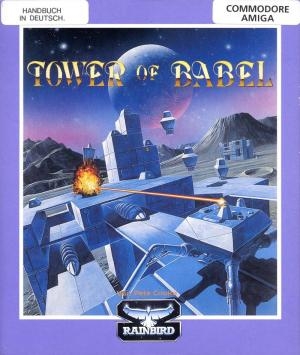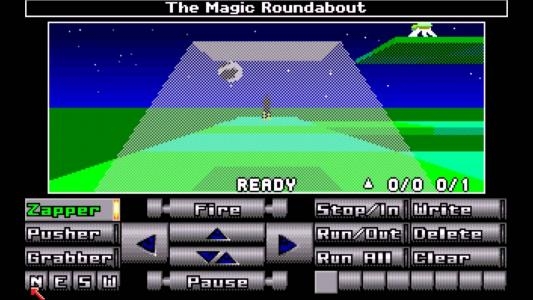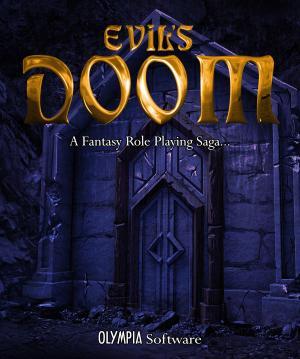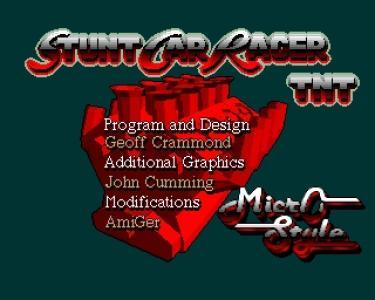
| Console: | Amiga |
| TV Standard: | Region Not Set |
| Publisher(s): | Rainbird Software |
| Release Date: | 1989-07-10 |
| Players: | 1 |
| Co-op: | No |

The plot of the game is based on the biblical story of the Tower of Babel. At the height of the tower's construction, while it failed in its original purpose to directly contact God, it caught the attention of a passing Zantorian alien spaceship. The Zantorians descended and left three spider-like robots to help the Shinarians in constructing the tower. However, distrust broke out among the two species, and the humans betrayed the robots, stealing their energy packs (called "Klondikes"). Playing the robots, it is the player's job to find the energy packs to be able to get back home to Zantor.
The actual game play bears no relation at all to Christian belief, but is purely puzzle-based. The famous Tower of Babel itself does not actually appear; instead there are several differently-configured 8*8*4 towers (four floors of 8*8 squares each).
The Zantorians robots are called the Grabber, the Pusher and the Zapper. Each of these has different abilities. The Grabber can collect Klondikes and operate various devices, the Pusher can push things further away, and the Zapper can destroy things. In a tower, players can be assigned any combination of these robots, depending on the tower's design. In each tower, the player's goal is either to destroy a set number of objects, collect a set number of Klondikes, or both. Towers with Klondikes to collect need the Grabber, but the other robots can sometimes be superfluous, and indeed, the destruction of these robots is sometimes necessary for the completion of a tower.
Everything in the game is viewed in a realistic 3D vector graphics view, but the actual movement in the game is far more contained than in games usually associated with such graphics, only allowing square-by-square movement in rectangular directions and vertical movement using special lifts.
Various devices, sentry mechanisms and autonomous robots also inhabit each tower. Some of these can be used to gain an advantage, while some hinder progress









